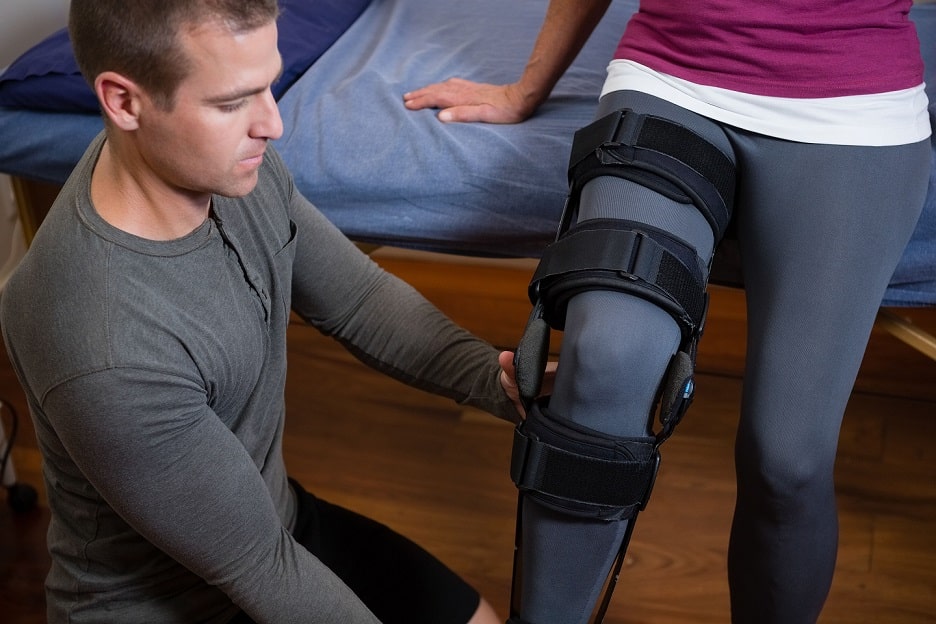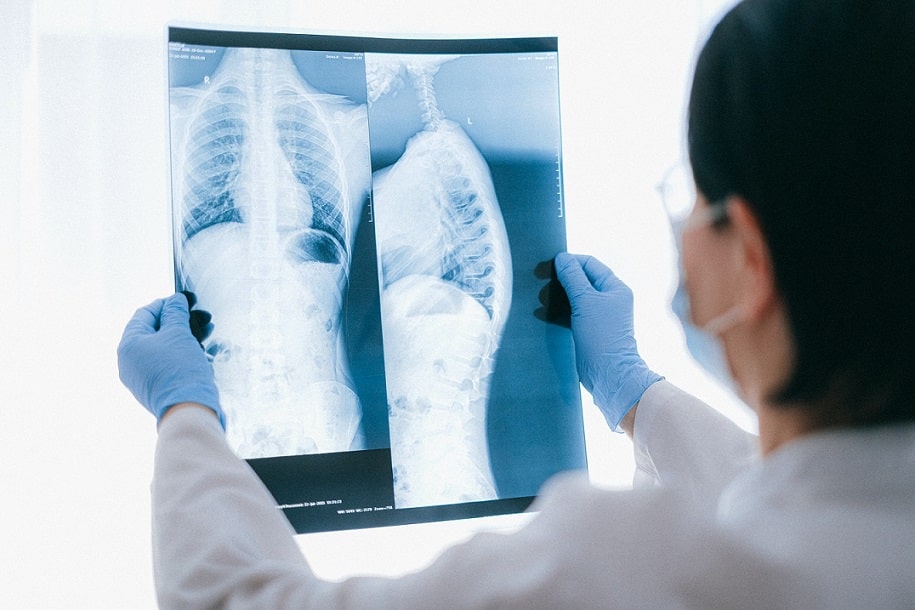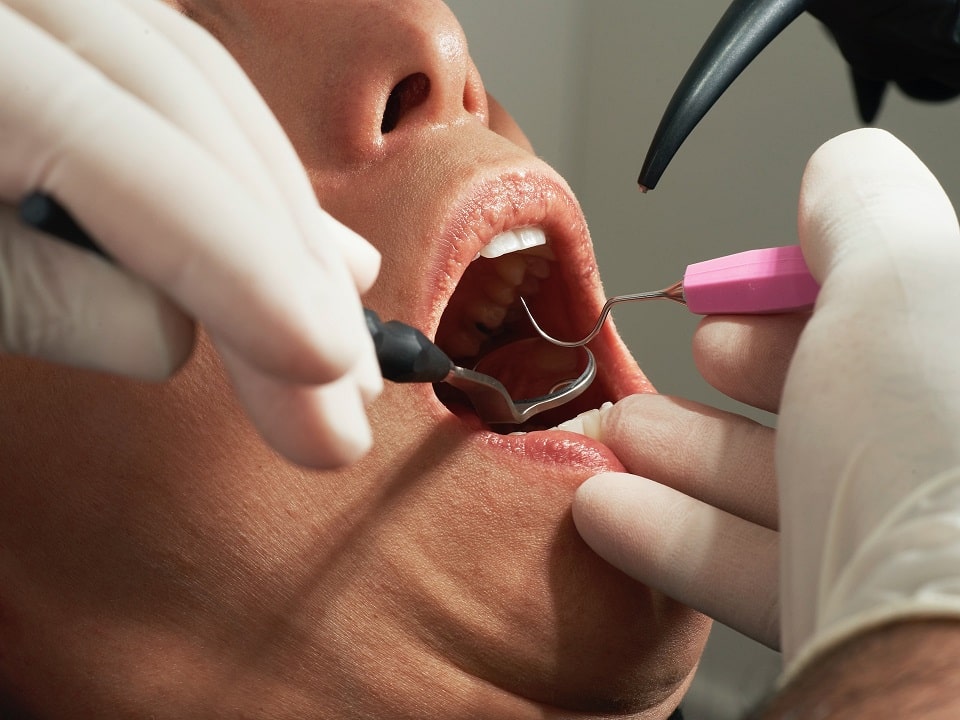 We deal with all types of personal injury claims and we can normally assess your claim for free. Skidding in a motor vehicle is a very dangerous thing to do. Skidding can cause accidents and therefore skidding should always be avoided whenever possible. There are many scenarios or conditions which could potentially cause your vehicle to skid. First, car maintenance is important. Motor vehicles require regular service and maintenance. This is why MOT’s are compulsory for most vehicles each year. A brand new car does not require an MOT until it is 3 years old. Once a vehicle is 3 years old it requires an MOT every year. This is essential to identify and fix any potential problems.
We deal with all types of personal injury claims and we can normally assess your claim for free. Skidding in a motor vehicle is a very dangerous thing to do. Skidding can cause accidents and therefore skidding should always be avoided whenever possible. There are many scenarios or conditions which could potentially cause your vehicle to skid. First, car maintenance is important. Motor vehicles require regular service and maintenance. This is why MOT’s are compulsory for most vehicles each year. A brand new car does not require an MOT until it is 3 years old. Once a vehicle is 3 years old it requires an MOT every year. This is essential to identify and fix any potential problems.
Driver behaviour is another area which we can consider. If you drive at excessive speed then you are more likely to lose control of your vehicle and skid. Equally if you take corners too fast then you are more likely to skid out of control, and potentially cause an accident. Skidding because of speed can easily be avoided; however we continue to see accidents involving speeding/skidding vehicles.
Some causes of skidding are more natural causes. There is of course an increased risk of skidding if the weather is bad (i.e. snow or ice). This is why drivers are constantly advised to only make essential journeys if the weather is bad. Equally drivers need to take extra precaution, such as by leaving a greater gap between their vehicle and the vehicle in front. Skidding due to ice is partly, you could say, out of the driver’s control. However if you leave sufficient gap and drive with extra care and attention, this can avoid accidents.
Professional accident investigators may be able to calculate all kinds of things, such as how fast a vehicle was travelling, due to skid marks on the road. In cases where liability is an issue this evidence could prove crucial. Even where there is a rear end shunt, if the front vehicle (i.e. the vehicle shunted) slammed on the brakes and skidded without good reason, and was therefore shunted into by a third party vehicle, the driver of the vehicle shunted may be at fault. In this scenario liability is likely to be split.
In Anderson v Warburtons Ltd [2011] the driver hit in the rear was found to be two thirds to blame and the lorry driver who shunted the vehicle was found to be one third to blame. This case was not as clear cut as it sounds, without specifying the full facts of the case. Basically the car driver proceeded to the nearside lay-by as smoke was coming out of the back of her vehicle. She came to a stop in the lay-by but the back end of her vehicle was sticking out into the carriageway. The lorry driver did slow down as he struggled to see due to the smoke. However he did not slow down enough and he drove into collision with the rear of the vehicle. The Judge in the case noted that the lorry driver was correct not to slam on his brakes, as this may have caused more danger. However it was also noted that the lorry driver should have slowed down more than what he did – hence he was found to be one third to blame for causing the accident. This case shows that a rear end shunt is not always as straight forward as it first appears. Each case is reviewed on its own unique facts.
If you have been injured in a road traffic accident then contact The Injury Lawyers for free no obligation advice.

 We deal with all
We deal with all 









